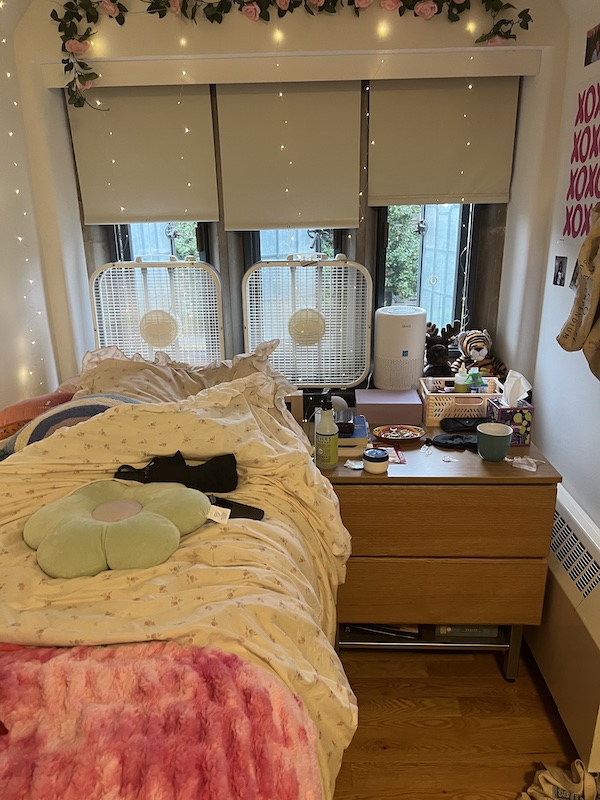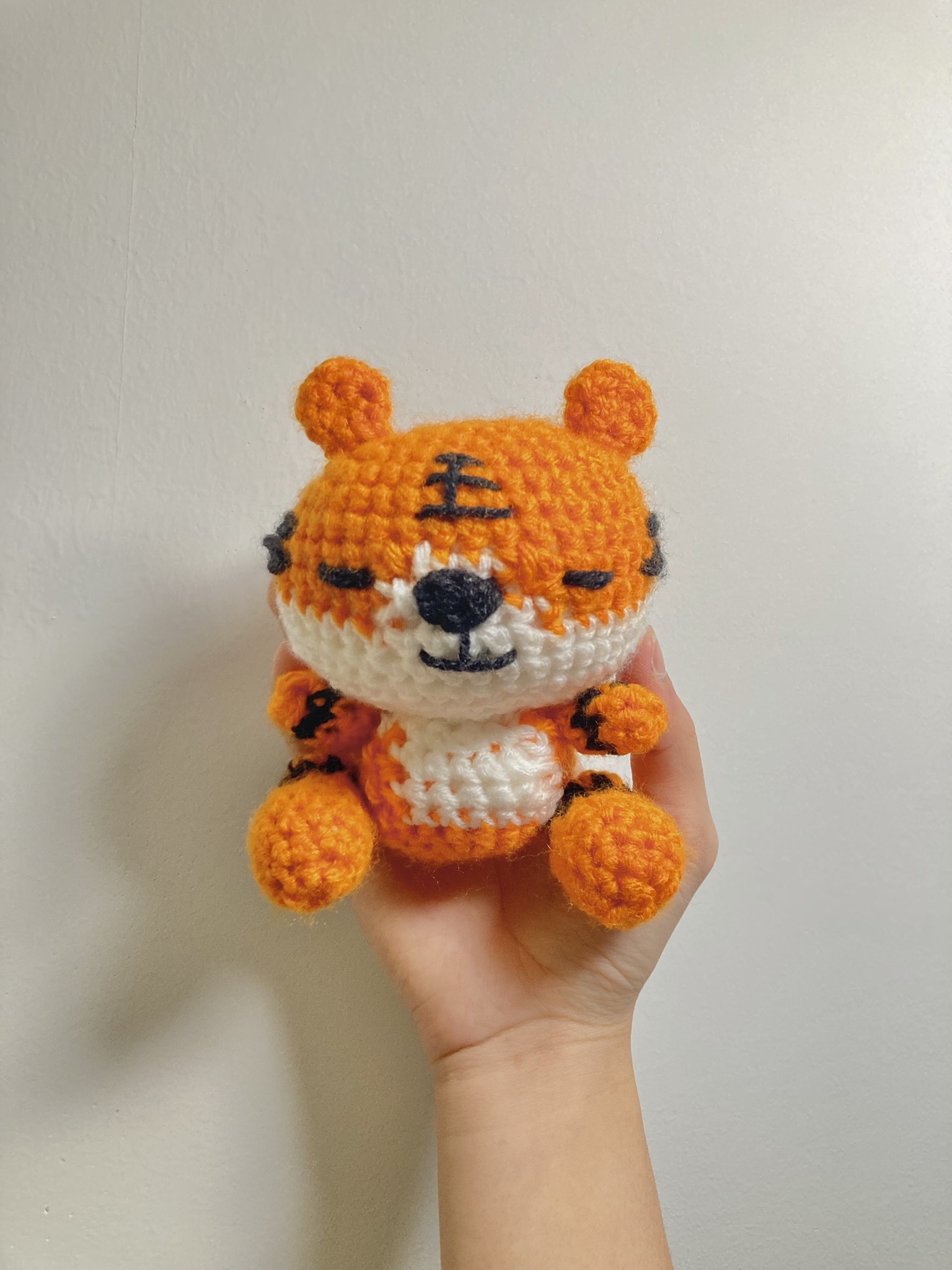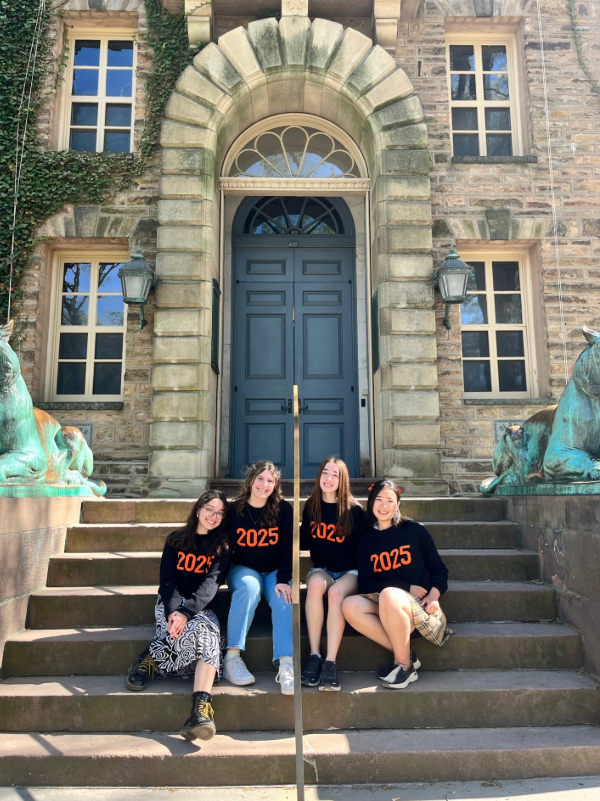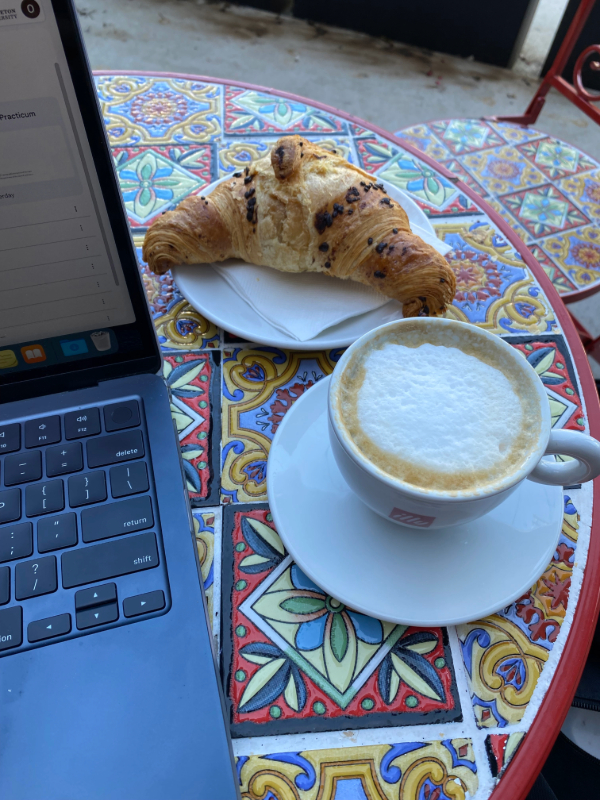
After a summer spent catching flights and exploring new terrains, I thought I’d be better adjusted to the idea of transition. But as my car pulled into campus on this year’s move-in day, a familiar yet long-forgotten feeling returned to my stomach. I was homesick. It was strange, honestly. I knew all the buildings and pathways I was wandering. The people who made up my dorm building’s halls were no longer strangers—they were neighbors and friends. Princeton was no longer this mysterious place I needed to acclimate to. Over the past year, it had become my home. And yet, I still felt uneasy.
Thus, I decided to battle this unwelcome feeling the way any true Princeton student would. By keeping busy. I filled my first days on campus with brunches and dinners with friends, long walks, aggressive obsessing over my class schedule, and constant emailing regarding extra-curricular activities. By the time the first day of classes rolled around, I had hardly spent a minute alone or at peace. And that day was no different. I launched into it with full force—no anxiety, just preparation. I believed that mastery of the day meant mastery of any uneasiness that came with it. But as the first day of classes ended, and people retreated back to their dorms, when there was nothing left to obsess over, and that uneasy feeling was still there, I realized it was time to have it out with my homesickness.

So, I nestled into my quiet dorm and let myself sit with the feeling. It wasn’t until then that I realized how ashamed I was of how I felt. Somehow, it seemed like a failure that I had one full year at Princeton under my belt and had still managed to return to campus with an uneasiness in my gut. I was a sophomore now. I should be used to all of this. However, to my surprise, later at dinner with friends, I learned that I wasn’t the only person who felt this way. As my friends spoke about the anxiety that a new year at Princeton brought on, my uneasiness began to diminish. I wasn’t alone.
Princeton is our home, but there are still so many new things it is throwing our way: new classes, new dorms, new friends, new extracurriculars, the impending decision to choose our major in the spring, and more. The anxiety that came with being back on campus was not something to be ashamed of but rather proof of our shared experience as college students. As students, we’re constantly in a state of transition — going from class to class, major to major, and place to place. It takes our bodies and minds time to get used to this movement. And the beauty of transition is in the moment that we do. Sitting at dinner, bonding over anxiety, the all-too-familiar warmth of feeling at home on campus started to return. And guarding this feeling, I went into the rest of the week committed to being a little kinder to myself. I ate with friends when I could, enjoyed my own company when I wanted to, took time to rest between classes, and narrowed my extracurriculars down to the ones that fed my soul the most. I even minimized my class schedule to make time for the people and things that I loved—including taking time to have it out with the more difficult feelings that come with being at this school.
Now, as I close out my second week back on campus, I can confidently say that I’m getting back into the bustle of things. My days are a fun mix of hanging out with friends, being creative, and working academically. It’s a balance I’ve come to love. There are still some moments where I feel nervous about the future or uneasy about what will come next, but comfort comes in knowing that I’m not alone. And on this campus, I never will be.












